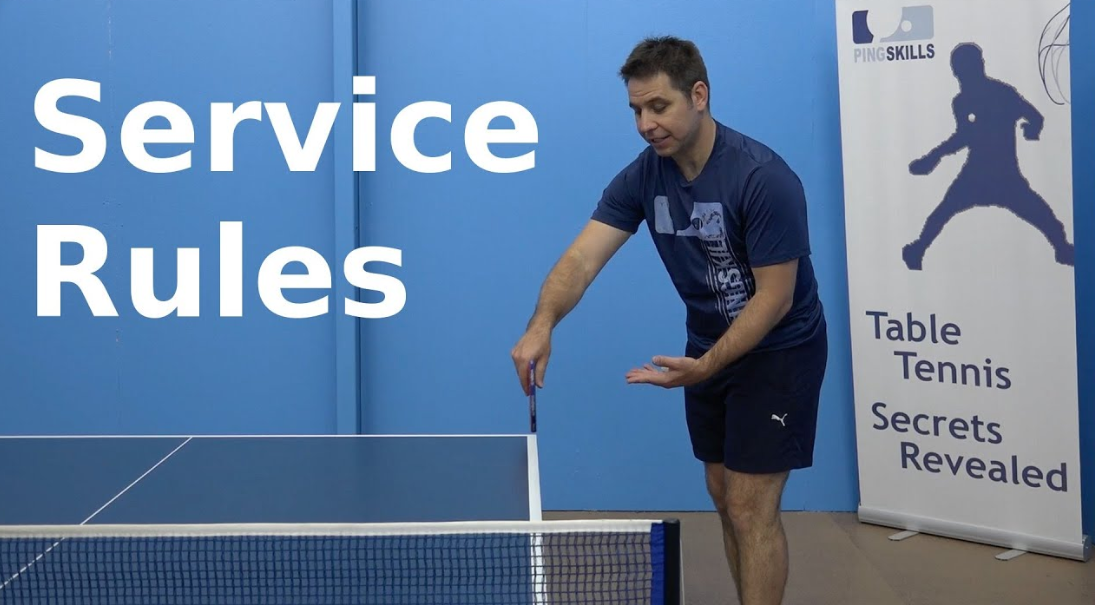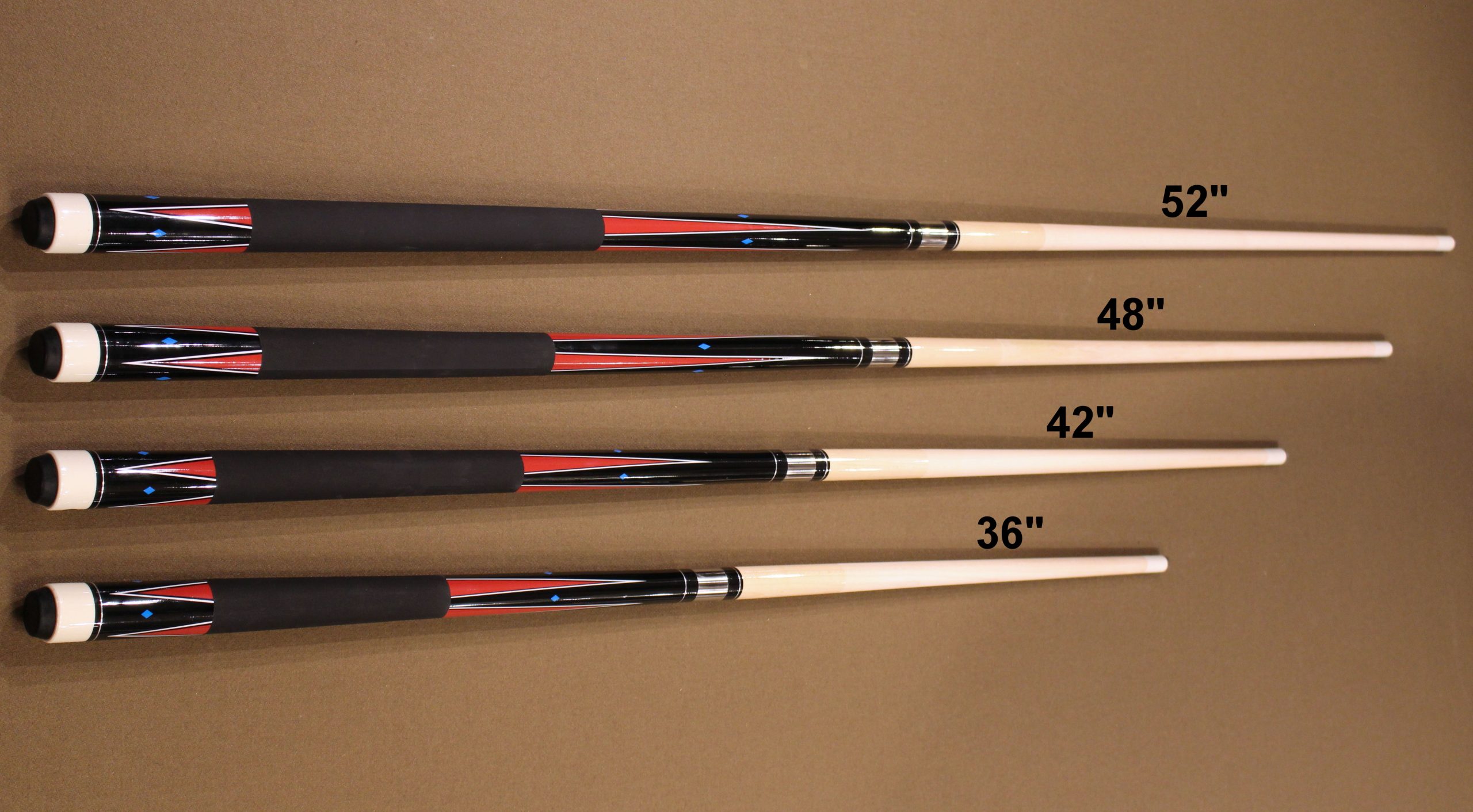Basic Ping Pong Rules
Ping Pong Rules
Ping Pong Rules: The aim of the game is simple; hit the ball over the net onto your opponent’s side. A point is won by you if your opponent is unable to return the ball to your side of the table (e.g. they miss the ball, they hit the ball but it misses your side of the table, or the ball hits the net), or if they hit the ball before it bounces on their side of the table.
Table tennis has been an Olympic sport since 1988 and is hugely popular in Asia, although it is played all over the world from the dusty streets of Ethiopia to the public schools of rural England. The game did indeed begin in England at the end of the 19th century, first as a postprandial parlor game for upper classes. The sound of the ball on early bats gave it the name “ping pong” but as this became a trademarked term in some countries table tennis soon became the more common name.

Scoring
The winner of a game is the first to 11 points. There must be a gap of at least two points between opponents at the end of the game though, so if the score is 10-10, the game goes into extra play until one of the players has gained a lead of 2 points. The point goes to the player who successfully ends a rally, regardless of who has served.
A match can consist of the number of games you like, just make sure you agree with this in advance!
Flow Of The Match
Each player serves two points in a row and then switches the server. However, if a score of 10-10 is reached in any game, then each server serves only one point and then the server is switched. After each game, the players switch sides of the table. In the final game (ie 5th game), the players switch sides again after either player reaches 5 points.
Legal Serve
The ball must rest on an open hand palm. Then it must be tossed up at least 6 inches and struck so the ball first bounces on the server’s side and then the opponent’s side.
If the serve is legal except that it touches the net, it is called a let serve. Let serves are not scored and are reserved.
Equipment
The paddle should have a red and a black side. The ball should be either orange or white and 40 mm in size. The table should be 2.74 meters long, 1.525 m wide, and 0.76 m high.
Ping Pong Serving Rules
During the time I’ve been playing and coaching table tennis, I think I’ve heard every made-up rule there is! Here are a few you might hear and why they are nonsense.
Don’T You Have To Serve Diagonally In Table Tennis?
- Nope! In tennis, squash, and badminton you must serve diagonally but in table tennis singles you can serve wherever you like. Yes, that includes off the sides of the table, if you can get enough sidespin. In table tennis doubles, you do have to serve diagonally and always from your right-hand half to your opponents right-hand half.
The Ball Hit You, So That’S My Point!
- A common one with the kids in school. Sorry, but if you’ve whacked the ball at me and it didn’t hit the table, then that’s a miss. We’re not playing dodge ball!
I Thought You Were Meant To Play Up To 21? I Don’T Like Playing To 11.
- In this case, many of the older players would probably agree with you but the ITTF changed the scoring system from 21-points to 11-points back in 2001. If you play competitively the game will be up to 11, so you might as well get used to it!
You Can’T Hit It Around The Net!
- Actually, you can. And it can be a pretty hard shot to get back. If you put a ball out really wide, your opponent is well within the rules to return it around the net. This even means that in some cases the ball can just roll on your side of the table and not even bounce! It’s very rare but it does happen. There are numerous videos on YouTube.

Ping Pong Serving Rules
The Ball Has To Cross The Net Four Times Before You Start ‘Play For Serve’
- I hear arguments about this a lot. ‘Play for serve’ is made-up. In a competitive game, the server is usually decided by a coin toss or picking which hand you think the ball is in. If you really want to ‘play for serve’, then just agree before you start at which point you are allowed to start attacking the rally. However, it’s probably easier just to put the ball under the table and guess which hand it’s in!
Ping Pong Doubles Rules
Coin Toss
A coin is tossed to determine which team will serve first. In some tournaments and events, the winner of the coin toss will get to decide whether or not they prefer to serve first.
Service
The ball should be served from the right side of the table and must land first on the right side of the server’s court before landing on the left side of the opponent’s court from the server’s perspective. From the receiver’s perspective, this is the right side of their court.
Returning a Serve
One of the things that make doubles unique is the fact that players need to serve and return the ball in a very precise sequence. This helps ensure that all players get the opportunity to stroke especially because some players tend to be more aggressive than others. To further explain this often confusing aspect of table tennis doubles, consider the scenario below.
Switching Service
A team gets the chance to serve twice before the opposing team is given their opportunity for two serves. Once both servers are exhausted, the previous receiver becomes the server, and the previous server’s partner becomes the receiver.
Changing Court
One of the stipulations in the ITTF handbook indicates that teams should switch courts regularly throughout the course of the game. This is to help ensure that each person gets to experience the unique conditions on either side of the table. For instance, if a game is being played outdoors, wind conditions might affect the trajectory of the ball from a certain side of the table.
Winning the Game
Teams need to accumulate 11 points within 10 minutes of the beginning of the game in order to be declared the winner. If after 10 minutes, neither team has reached 11 points, the highest-scoring team will be considered the winner has given that they have a two-point lead. This only happens, however, if the cumulative score of both teams falls below 18.


